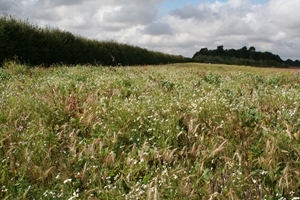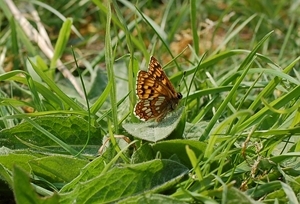Managing uncropped land to enhance biodiversity
 The Farm4Bio project was designed to answer questions on several key factors that affect the successful application of popular agri-environment schemes.
The Farm4Bio project was designed to answer questions on several key factors that affect the successful application of popular agri-environment schemes.
Notably, it set out to determine whether active management (as in HLS) leads to higher levels of biodiversity than ELS farm management. In testing this, it would also attempt to document the relationship between proportions of uncropped land and biodiversity, and to answer the question of how best to arrange this land.
Seven approaches – four actively managed, two farm managed, and one organic – were tested on four farms across southern England and East Anglia. All plots were monitored for abundance and diversity of plants, insects and birds.
Our data showed that actively managing habitats encouraged beetles and linnets, with an increase in birds on the farmland bird index and Biodiversity Action Plan species compared to the national trend. Farmer-managed farms with more grass margins, on the other hand, saw an increase in the population of spiders but a decline in birds.
 Increasing the amount of uncropped land had a positive effect on butterfly diversity, and bee abundance and diversity, as well as a weak effect on 16 farmland birds and a significant effect for three declining species.
Increasing the amount of uncropped land had a positive effect on butterfly diversity, and bee abundance and diversity, as well as a weak effect on 16 farmland birds and a significant effect for three declining species.
The actively managed habitats supported more and bigger chick-food insects, with populations three times larger and the weight of insects twice as high. The chick-food index only exceeded the level required to maintain a grey partridge population in the wild bird seed mixture. However, this habitat is only suitable if the vegetation at ground level is sufficiently open for foraging chicks. We believe it is the high weed levels within this habitat that is supporting the insects rather than the sown plants.
Our recommendation is that the current levels of uncropped land could support significantly more biodiversity if it were more positively managed. Every farm should aim to provide flowers in summer and seeds in winter and the more the better.
An in-depth analysis of our finding is available on the Farm4Bio page in our research section.